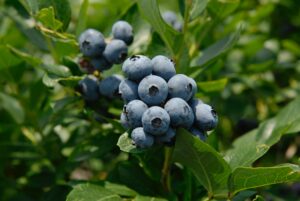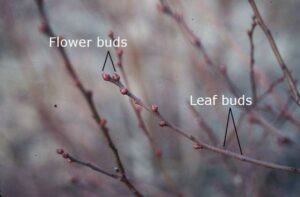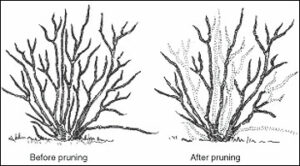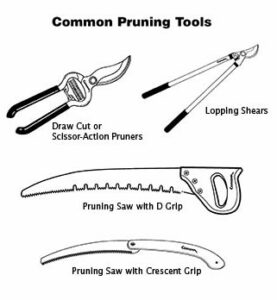Blueberry Pruning
go.ncsu.edu/readext?845738
en Español / em Português
El inglés es el idioma de control de esta página. En la medida en que haya algún conflicto entre la traducción al inglés y la traducción, el inglés prevalece.
Al hacer clic en el enlace de traducción se activa un servicio de traducción gratuito para convertir la página al español. Al igual que con cualquier traducción por Internet, la conversión no es sensible al contexto y puede que no traduzca el texto en su significado original. NC State Extension no garantiza la exactitud del texto traducido. Por favor, tenga en cuenta que algunas aplicaciones y/o servicios pueden no funcionar como se espera cuando se traducen.
Português
Inglês é o idioma de controle desta página. Na medida que haja algum conflito entre o texto original em Inglês e a tradução, o Inglês prevalece.
Ao clicar no link de tradução, um serviço gratuito de tradução será ativado para converter a página para o Português. Como em qualquer tradução pela internet, a conversão não é sensivel ao contexto e pode não ocorrer a tradução para o significado orginal. O serviço de Extensão da Carolina do Norte (NC State Extension) não garante a exatidão do texto traduzido. Por favor, observe que algumas funções ou serviços podem não funcionar como esperado após a tradução.
English
English is the controlling language of this page. To the extent there is any conflict between the English text and the translation, English controls.
Clicking on the translation link activates a free translation service to convert the page to Spanish. As with any Internet translation, the conversion is not context-sensitive and may not translate the text to its original meaning. NC State Extension does not guarantee the accuracy of the translated text. Please note that some applications and/or services may not function as expected when translated.
Collapse ▲Pruning blueberry bushes each year is an essential part of having a healthy fruit crop and keeping your blueberry plants thriving. If you are dealing with a young plant, it is recommended to remove all flower buds and cut stems back by 1/2. Blueberry bushes produce flower buds the year prior to flowering. This means flowers that bloom this spring were set last summer on new wood, as seen in the picture below.
Keep 2-3 year-old plants healthy by removing broken, diseased, crossing, or spindly growth. This is repeated yearly to encourage proper growth and uniform fruit set on your blueberry plants.
Once plants reach 4-5 years old, prune them each winter by cutting out 3 to 4 of the largest, oldest canes, again remove any crossing, diseased, and low-hanging branches. Prune after the plants have shed their leaves but before flower buds begin to open (Dec-March).
Large, old bushes that have not been pruned for many years can be rejuvenated by cutting out 1/3 of the canes each year for three consecutive years. Cut the canes (or stems) back as close to ground level as possible to encourage the production of new, vigorous growth.
If you are more of a visional person such as myself, the next link will help you visualize it.
Blueberry Pruning Diagram These five slides illustrate the pruning strategy for blueberries, from new plants to well-established three-year-old bushes.
Pruning Tools Blueberry plants are pruned annually during the dormant period before they begin to grow in the spring. Like any project, having the right tools always makes the job faster and easier. Most fruit-producing plants can be pruned with hand shears, loppers, and a pruning saw.
Blueberry Information Portal – North Carolina State University
North Carolina is home to a thriving blueberry industry. The state ranks 6th in the nation for blueberry production, growing nearly 40 million pounds in a year. Annual industry production is valued at roughly $70 million. Discover North Carolina’s rich blueberry history and learn more about the people and organizations that continue to grow the industry into one of the state’s most valuable (and desirable) crops.
For more information or have questions about pruning, contact Bryan Hartman, Agriculture and Natural Resources Agent at bkhartman@ncat.edu.








